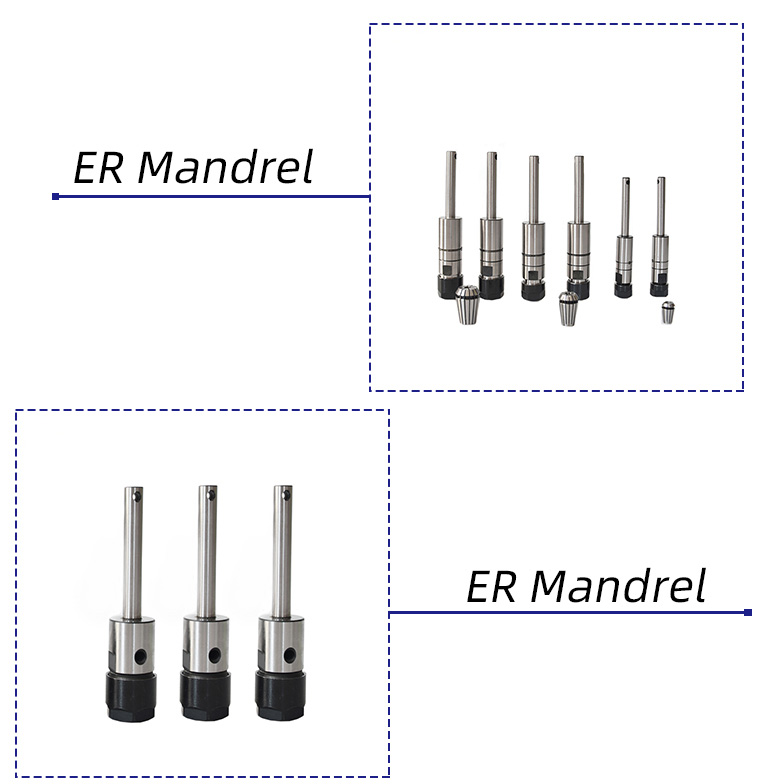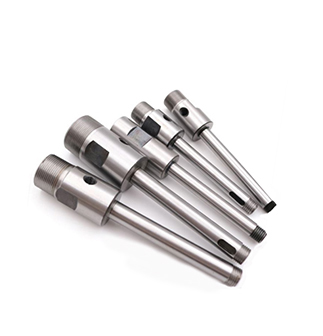ER Mandrel: The Key to Precision Machining
In the modern manufacturing industry, precision and efficiency are paramount. Whether it’s for mass production or custom part fabrication, finding solutions that ensure quality while enhancing productivity is a top priority for manufacturers. The ER Mandrel, an integral part of the ER collet system, plays a crucial role in achieving these goals. This blog post will explore the basics of ER Mandrels, their applications, and how to select and maintain them.
What is an ER Mandrel?
An ER Mandrel is a specialized tool designed to work with ER collets. ER collets are renowned for their high precision, quick-change capabilities, and wide adaptability, allowing for simple adjustments to accommodate tools or workpieces across various diameter ranges. The ER Mandrel exemplifies this flexibility, primarily used for securing cylindrical or other shaped workpieces, ensuring they remain stable and accurately positioned during machining operations.

Applications
- Turning Operations: When external or internal turning of cylindrical parts is required, using the right size ER Mandrel can significantly simplify setup processes and enhance the final product’s quality.
- Grinding Processes: For applications demanding extremely smooth surface finishes, such as grinding bearing races, an ER Mandrel provides the necessary support.
- Drilling and Boring: Proper positioning of the workpiece is critical in these operations, and an ER Mandrel helps achieve this.
- Milling Tasks: Although less common, there are specific milling scenarios where an ER Mandrel can be effectively utilized.
How to Choose the Right ER Mandrel
- Determine the Required Size: First, identify the diameter range of the workpieces you plan to machine, then select the appropriate mandrel size based on this information.
- Consider Material Properties: Different applications may require different types of mandrel materials (e.g., steel, carbide). Understanding your specific needs will help in making the best choice.
- Look at Brand Reputation: With numerous suppliers offering ER Mandrels, it’s advisable to choose those with a good reputation to ensure product quality.
Maintenance and Care Tips
- Regularly inspect the mandrel surface for signs of wear.
- Clean the mandrel using non-abrasive materials to avoid damaging the surface.
- Store the mandrel in a dry, well-ventilated area, away from corrosive substances.
- Follow any additional recommendations or guidelines provided by the manufacturer.
In summary, the ER Mandrel is an effective tool for boosting shop floor productivity and finished part quality. By making informed choices and properly caring for your equipment, you can not only extend its lifespan but also further optimize your entire production process. Hopefully, this guide has provided valuable insights into understanding and utilizing this technology!

